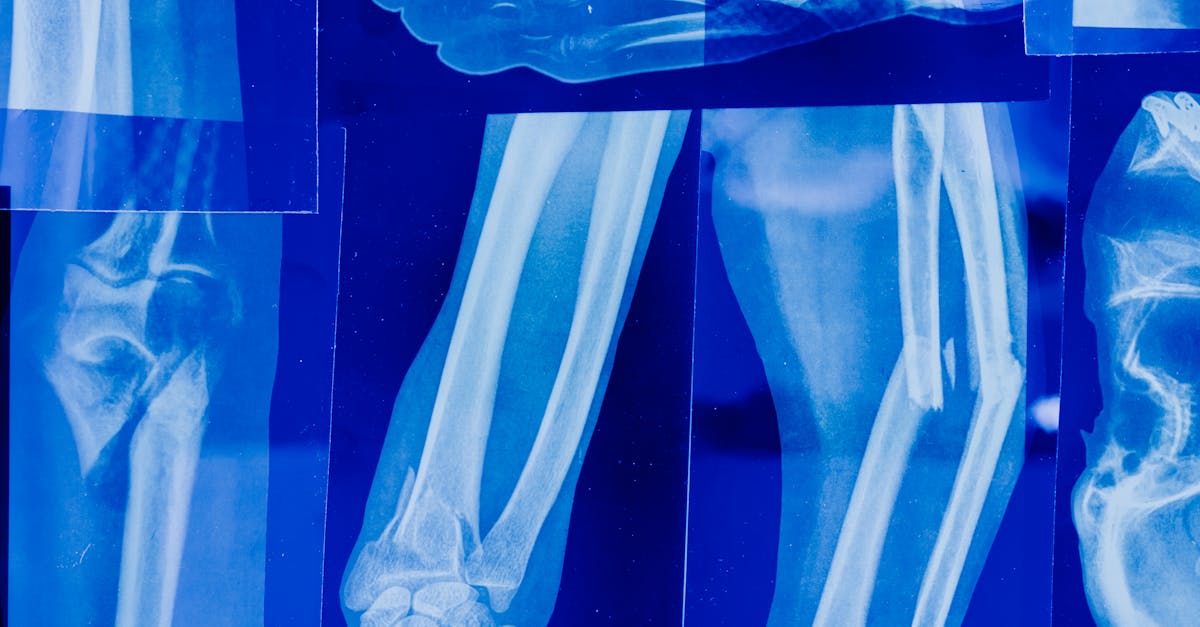
How To Know If Your Dog's Leg Is Broken
- October 03, 2024
- 4 min Read
- Views 823
How to Know If Your Dog's Leg Is Broken
In many households, dogs are considered cherished members of the family. As with any family member, their health is a top priority. Injuries can occur suddenly and, unfortunately, broken legs in dogs are a common ailment that can arise from various incidents such as falls, car accidents, or fights. Recognizing a broken leg in your canine companion is crucial for ensuring they get the medical attention they need. This guide will walk you through the symptoms, diagnosis, and steps you should take to address this critical issue effectively.
Signs and Symptoms of a Broken Dog Leg
Observing your dog's behavior and physical condition is the first step in identifying whether their leg may be broken. Some key indicators that suggest your dog may have a broken leg include:
- Limping or Refusing to Use the Leg: One of the initial signs that may point to a broken leg is your dog limping or completely avoiding putting weight on the affected limb.
- Swelling: A broken leg often comes with noticeable swelling around the injury site, which can be accompanied by bruising or redness.
- Pain Response: Dogs with a broken leg will typically yelp, cry, or show other signs of distress when the leg is touched or manipulated.
- Abnormal Appearance: In some cases, a fracture might cause the leg to appear deformed or bent at an unnatural angle.
- Behavioral Changes: Due to pain, your pet might exhibit behavioral changes such as increased aggression, lethargy, or depression.
Diagnosis: How to Confirm a Broken Leg
While the symptoms can strongly suggest a broken leg, professional veterinary confirmation is essential. Here's how a veterinarian might diagnose the issue:
- Physical Examination: The vet will conduct a thorough physical examination, palpating the affected area to assess the extent of the injury.
- X-Rays: An x-ray will provide a clear image of the bone structure, confirming the presence and severity of a fracture.
- Observation: The vet may observe your dog's movement and behavior to assess pain levels and joint functionality.
These steps, carried out by a professional, are crucial for defining an appropriate treatment plan and ensuring no additional injuries are present.
Emergency Steps to Follow
If you suspect your dog has a broken leg, immediate attention is necessary. Follow these steps until you can get professional help:
- Keep your dog calm and restrict their movement to prevent further injury.
- If possible, create a temporary splint using soft materials to stabilize the leg, being careful not to cause additional pain.
- Gently transport your dog to the vet. Use a stretcher or blanket to carry larger dogs if lifting them isn’t feasible.
Guide Steps for Treatment and Recovery
Once your dog is in the care of professionals, their treatment plan will likely include the following steps:
- Pain Management: Vets will administer pain relief to make your pet comfortable and reduce stress during healing.
- Immobilization: A cast or splint might be used to keep the broken leg in place to promote proper healing. In severe cases, surgery may be necessary.
- Rest and Rehabilitation: Restrict your dog's activity as per the vet's advice. Gradually reintroduce movement with supervised exercises to regain strength.
- Follow-up Visits: Regular vet check-ups will ensure that the healing is on track and prevent complications.
FAQs
What should I do if my dog's leg is bent in an unusual way?
A bent leg could indicate a serious fracture. You should immediately seek veterinary attention as it is likely a broken or severely dislocated limb.
Can a dog's broken leg heal without treatment?
Leaving a broken leg untreated can lead to improper healing, chronic pain, and deformity. Professional treatment is crucial for a full recovery.
How long does it take for a dog's broken leg to heal?
Healing time varies depending on the severity of the fracture and the dog's overall health. It typically takes six weeks to several months for a full recovery.
Are there any risks of surgery for a dog's broken leg?
As with any surgical procedure, there are risks like infection or complications from anesthesia. However, surgery is often necessary for severe fractures and can significantly improve outcomes.
Tags
Dog health, broken leg in dogs, canine fracture, dog injury signs, veterinary care, dog health tips, pet care, emergency vet tips, dog first aid, animal health.
References
People Also View
-
1October 03, 2024
-
2October 01, 2024
-
3October 01, 2024
-
4October 03, 2024
-
5October 09, 2024
Categories
- Near Me 2147 Posts
- How To 548 Posts
- Where To 257 Posts
- Why 90 Posts
- How Much 97 Posts
- Travel 202 Posts
- Food And Drink 815 Posts
- Shopping 797 Posts
- Lifestyle 1050 Posts
- Automotive 364 Posts
- Digital Income 70 Posts








